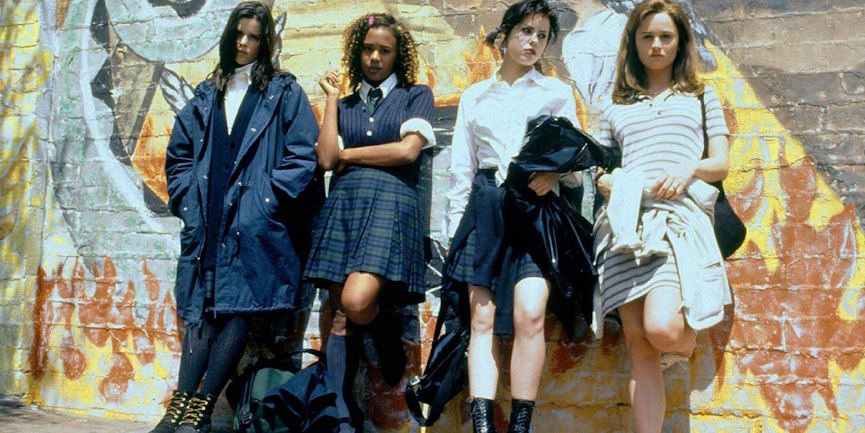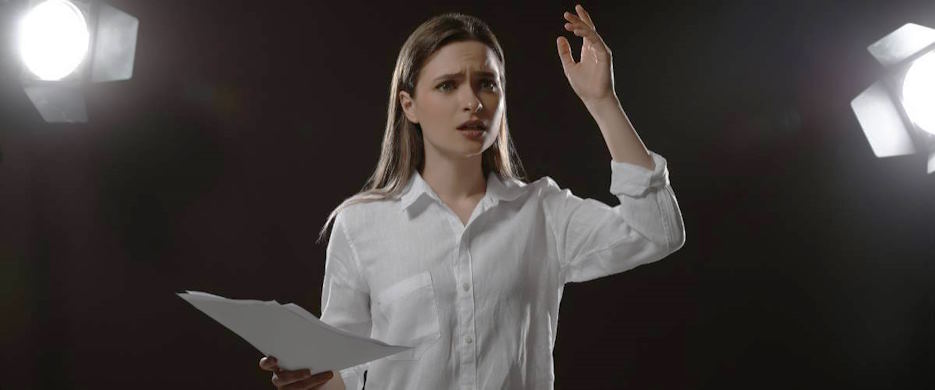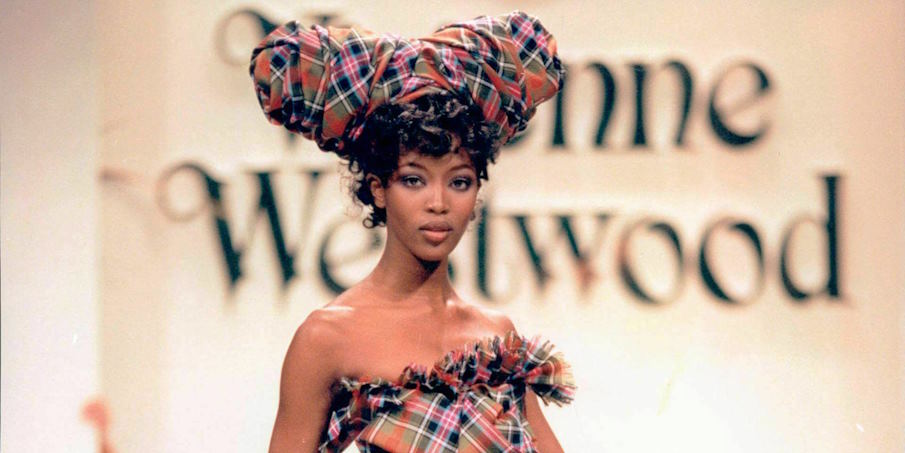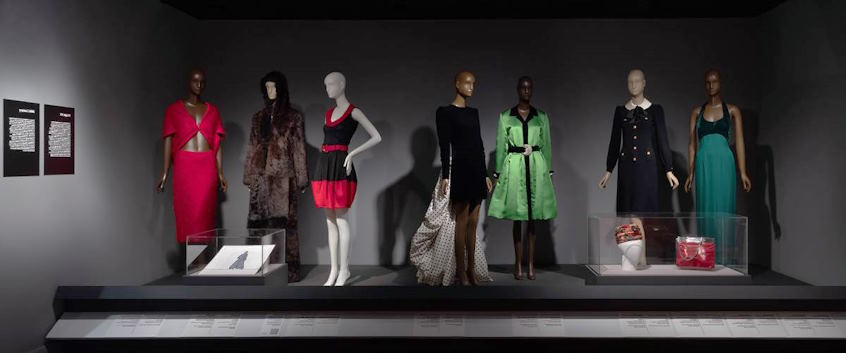Fashion in film is a powerful visual language that not only enhances character development but also defines a movie’s era, setting, and thematic elements. From iconic costumes that become synonymous with characters to meticulously curated wardrobes that set the tone of a narrative, fashion in the film plays a crucial role in shaping cinematic style.
Icons of Style: Legendary Costume Designs
Certain films are celebrated for their iconic costume designs that have transcended the screen to become symbols of style and sophistication. For example, Audrey Hepburn’s little black dress in “Breakfast at Tiffany’s” epitomizes timeless elegance and remains a fashion staple decades after the film’s release. Similarly, Marilyn Monroe’s white halter dress in “The Seven Year Itch” continues to inspire designers and evoke the allure of Old Hollywood glamour.

Evoking Atmosphere and Era
Costumes in the film are instrumental in evoking a story’s atmosphere and time period. Historical dramas like “Elizabeth” or “Anna Karenina” meticulously recreate period costumes that transport audiences to specific eras with authenticity and detail. By capturing the fashion sensibilities of past decades or centuries, these films enrich the visual experience and provide insights into societal norms and cultural aesthetics of the time.
Character Development and Narrative Enhancement
The fashion choices in film are not just about style, they are instrumental in character development and narrative enhancement. The process of creating these costumes is a true art, with costume designers working in close collaboration with directors and actors to create wardrobes that reflect characters’ personalities, motivations, and arcs. From subtle details like color palettes and fabric textures to bold statement pieces, costumes serve as visual cues that deepen the audience’s understanding of the story’s themes and emotional dynamics.
Fashion in film is a dynamic intersection of art, culture, and storytelling, where costumes transcend their functional role to become integral to cinematic style and narrative depth. Whether iconic designs that define characters, historically accurate ensembles that recreate eras, or costumes that enhance character development, fashion in film continues to shape our cultural perceptions and inspire fashion trends. By exploring the symbiotic relationship between fashion and cinema, we gain a deeper appreciation for how costumes in movies contribute to the visual language of storytelling and influence global fashion aesthetics.



